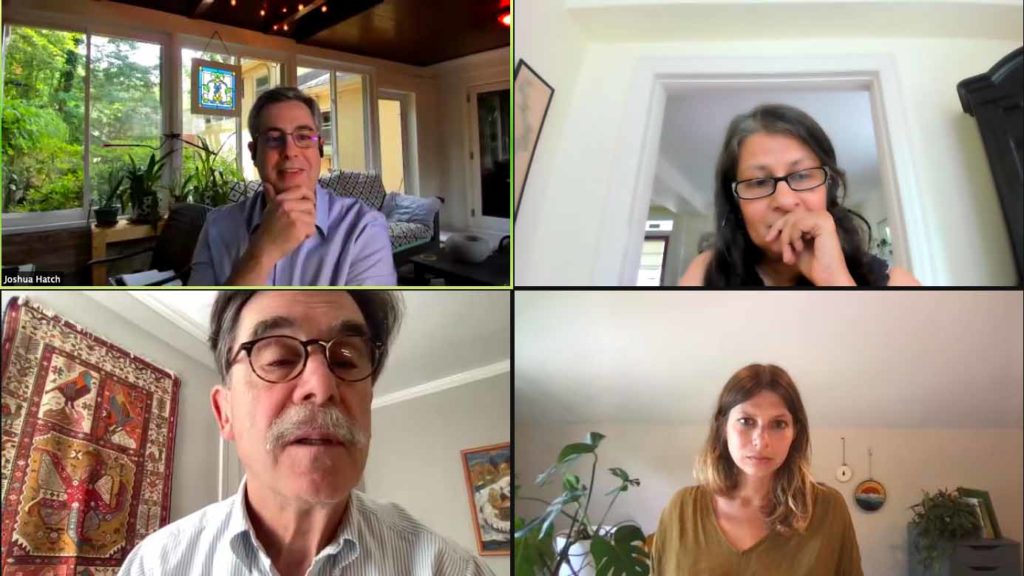Journalists from NPR, Yale Environment 360, and Southerly Magazine spoke about the urgency of the climate crisis — and how to tell stories that resonate.
‘Don’t Go With the Pack’: Usha Lee McFarling, on Forging a New Beat During the Pandemic
The STAT reporter and former KSJ fellow is constantly working to stay ahead of the curve — and find new ways to cover familiar topics.
With ‘Baseline,’ John Sutter Examines Climate Change Through a New Lens
Over the next 30 years, the reporter and filmmaker will document environmental change as it unfolds in communities at the forefront of the climate crisis.
How Environmental Journalism Is Surviving — and Thriving — in an Unstable World
Meera Subramanian, president of the Society of Environmental Journalists, discusses the group’s efforts to support reporters during a time of turmoil.
How Amy Maxmen’s Ebola Reporting Prepared Her To Cover a Pandemic
The Nature reporter discusses the U.S. coronavirus response, podcasting, and how she manages to stay positive while covering a somber beat.


 "
" "
" "
" "
" "
"